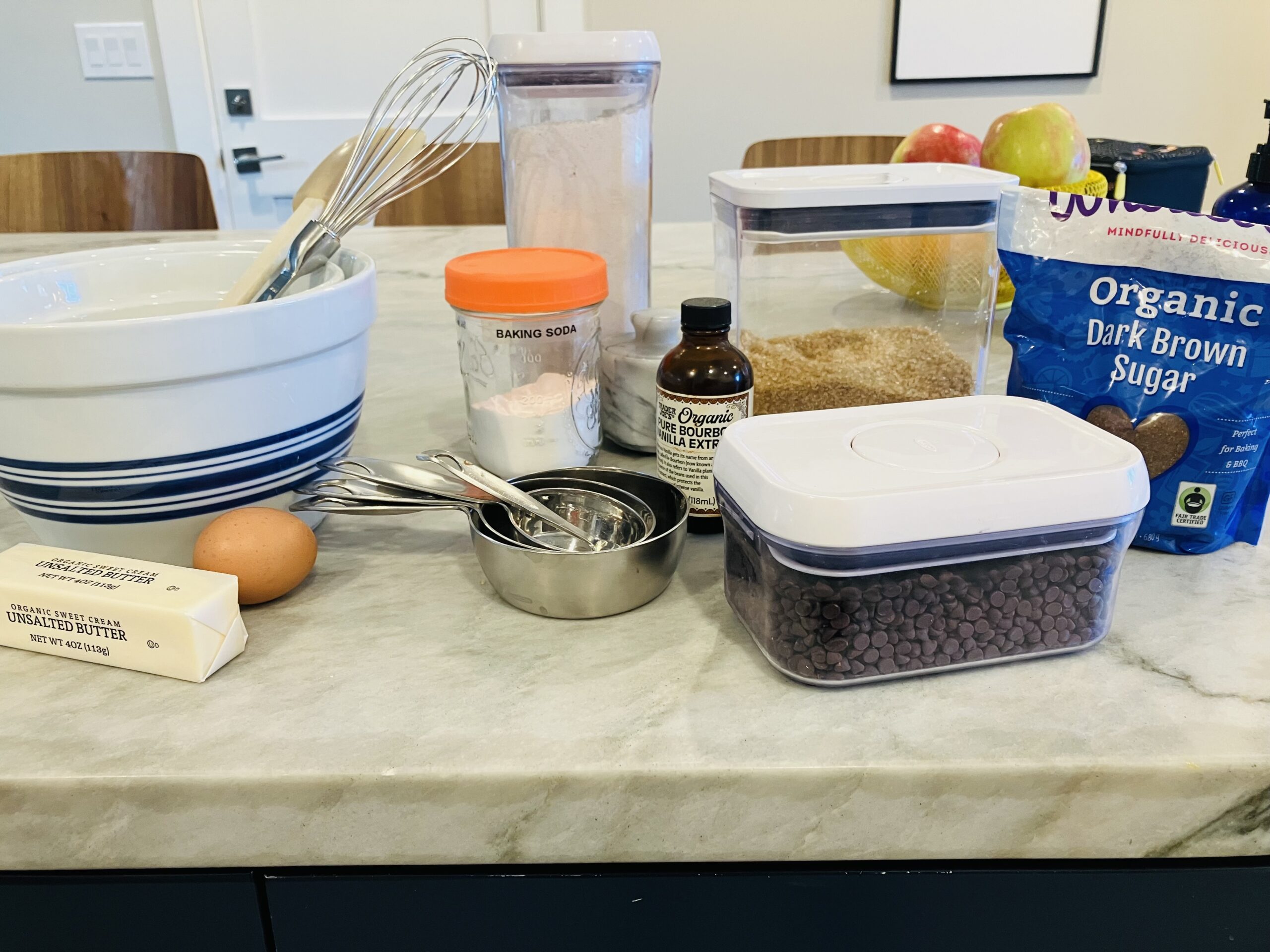Sauerkraut, oh sauerkraut. Oh how I love the delicious tart acidic probiotic-rich fermented cabbage masterpiece that is sauerkraut. But it’s not just me. Kraut has been consumed by many cultures for millennia, dating back to ancient China. Some cultures that eat fermented cabbage include Western Europe, including France and Germany; Eastern Europe, including Ukraine and Russia; Asia, including Korea and Vietnam; and Central America, including El Salvador and Haiti. Fermented cabbage is enjoyed all around the world. But why is sauerkraut so popular?
Sauerkraut is a fermented food that has many important health benefits. The fermentation breaks down the sugars in the cabbage, creating lactic acid. The probiotics generated from fermentation make it easier to absorb vitamins, which sauerkraut also provides. Fermenting sauerkraut adds to the bacteria in our stomach, helping us digest food. A single gram of sauerkraut can have between 1,000 and 100 million colony-forming units (CFUs). Also, according to Healthline.com, eating fermented foods can reduce stress and help maintain a healthy brain. Cabbage can even help with heart health, bone health, and preventing cancer. Between the cabbage and the fermentation, sauerkraut is an amazing superfood. According to BBC, “The nutritional value of food, like cabbage, can be enriched by fermentation and it makes the food easier for us to digest.” Fermentation makes an already very healthy food even better for us.
In addition to its health benefits, sauerkraut is also very fun to make and eat! It transforms an ordinary head of cabbage into a salty, tangy, delicious food. The process of salting and tossing the cabbage is both fun to do and watch. Sauerkraut also has a connection to me. I am half Ukrainian and whenever I went over to my grandma’s house, she would give me ‘kapusta,’ which is the Russian word for cabbage. It is a special kraut with carrots in it. Sauerkraut can help maintain a healthy body and brain. The best part? It’s super easy to make at home. Here’s how.
The Recipe

To make sauerkraut, you only need two ingredients: salt and cabbage. The salt-to-cabbage ratio is 1 ½ teaspoons of salt for every pound of cabbage. For a three-pound cabbage, you would need 4 ½ teaspoons of salt. Fresh cabbage is preferable, but you can also buy pre-chopped cabbage-and-carrot mixes. Other materials are a cutting board, a chef’s knife, a large mixing bowl, a wide-mouth jar, sauerkraut weights, a towel, and a rubber band. Once you have these supplies, you can go out on your fermenting adventures!

Wash the head of cabbage. Chop up all the cabbage and place it in the bowl. Add the salt to the bowl.

Use your hands to toss and squeeze the cabbage until the salt is worked through and the cabbage juices are flowing. The massaging should take around ten minutes.
After the salt is mixed in, transfer the salted cabbage to a glass jar. Pack in as much cabbage as possible. Then, place the sauerkraut weights on top of the cabbage to hold it in place. It’s important to pack it and weigh it down, as that squeezes out more juices that ferment the cabbage. If the juices don’t cover it completely, you can make a saltwater solution with a ratio of one teaspoon of salt per cup of water, remove the weights, pour in the solution, and place the weights back on.

If you use a lid, you will have to open the jar over a sink daily to release the built-up carbon dioxide. When using a towel, push down on it every so often for the first 24 hours.
Start tasting it after four days, but the longer you wait to serve it, the more fermented it gets. I recommend it after two weeks to get a more tangy flavor and more probiotics. The temperature can affect the kraut. When it’s between 64 and 72 degrees, it should take two weeks to ferment. If it’s lower, it may take longer. If it’s higher, there is a risk of mold, so summer is not the best time to make your sauerkraut. However, if the kraut is completely submerged, mold won’t grow. When it tastes ready to you, carefully open the jar, remove the weight, and serve. Get ready to try your delicious, healthy, sauerkraut!





